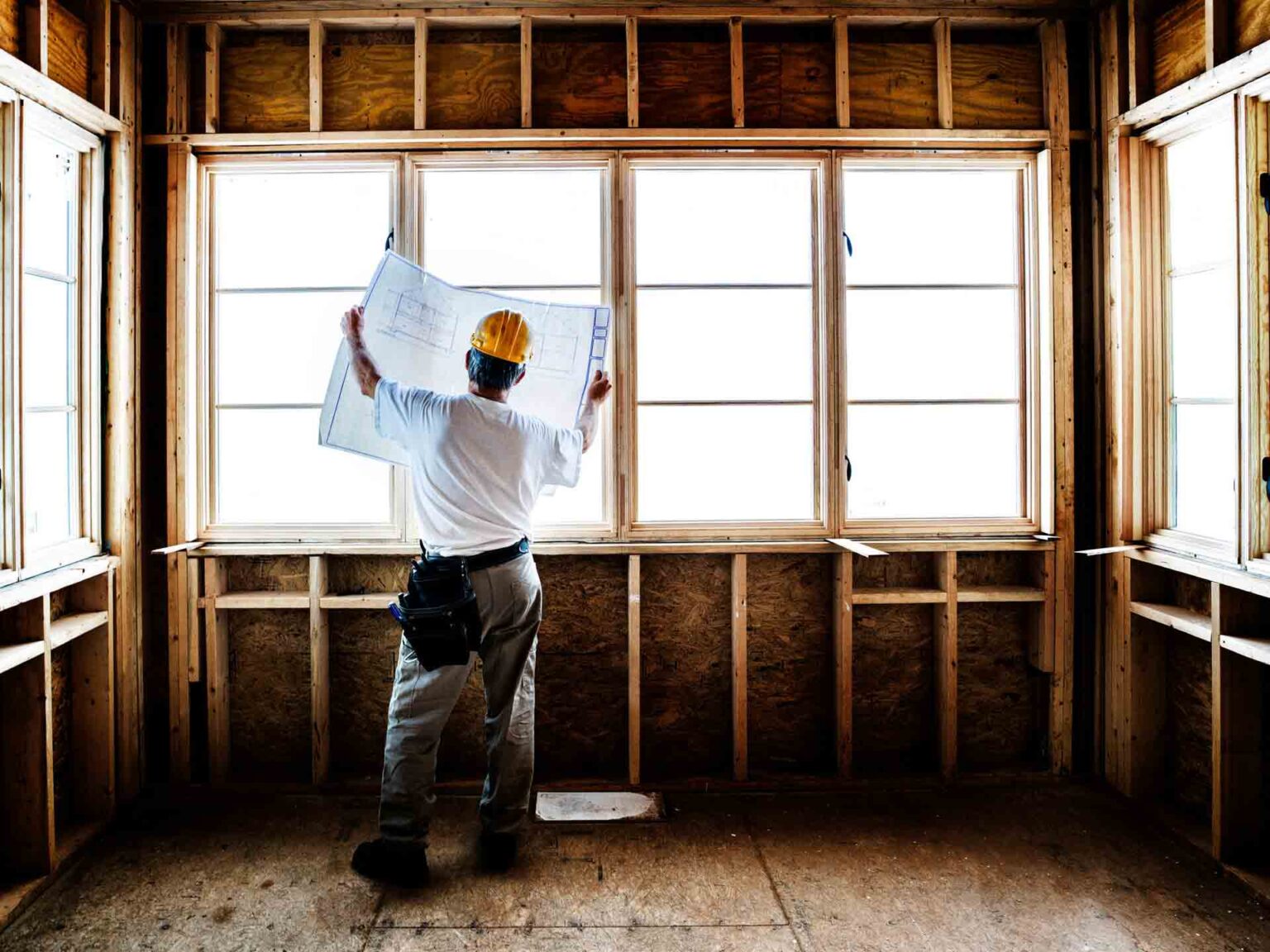The castles that dot the landscapes of Europe, Asia, and beyond are more than just remnants of a bygone era; they are architectural masterpieces that reflect the ingenuity, power, and social complexities of their time. Constructing a castle was no small feat. It required a combination of advanced engineering, strategic planning, and artistic flair. This article delves into the fascinating world of castle construction, exploring the materials, techniques, and purposes behind these imposing structures.
The Purpose of Castles
Before delving into the construction process, it’s essential to understand the purpose of castles. Contrary to popular belief, castles were not just homes for kings and nobles; they were multifunctional structures designed for defense, administration, and symbolism.
Defense: The primary function of a castle was to protect its inhabitants and the surrounding territory from invaders. Strategically located on hills, near rivers, or along trade routes, castles served as formidable barriers against enemy advances. High walls, moats, and drawbridges were all integral to a castle’s defensive strategy.
Administration: Castles were also administrative centers. The lord or noble who resided in the castle often governed the surrounding lands from within its walls. This included collecting taxes, dispensing justice, and managing the local economy. The castle served as a hub of power and control over the surrounding region.
Symbolism: Castles were symbols of wealth and power. Their imposing structures were designed to impress and intimidate both allies and enemies. The larger and more elaborate the castle, the more it reflected the prestige and authority of its owner.
Choosing the Location
The location of a castle was one of the most crucial decisions in the construction process. The ideal site would offer natural defenses, access to resources, and strategic advantages. Builders often chose elevated positions such as hills or cliffs, which provided a commanding view of the surrounding area and made it difficult for attackers to approach unnoticed.
Proximity to water sources was also vital. Castles needed a reliable supply of water for drinking, cooking, and sanitation. Rivers and lakes offered natural barriers against invaders and were essential for sustaining life within the castle.
In addition to natural defenses, the location needed to be accessible for trade and communication. Castles near trade routes or borders served as checkpoints, controlling the flow of goods and people. This not only provided economic benefits but also allowed the castle’s lord to exert influence over a larger area.
Materials and Resources
The construction of a castle required a vast amount of materials, labor, and time. The choice of materials often depended on what was locally available, as transporting large quantities over long distances was both costly and challenging.
Stone: The primary material used in castle construction was stone, due to its durability and strength. Different regions used different types of stone, such as limestone, granite, or sandstone. Stone walls provided excellent protection against fire and were resistant to battering rams and other siege weapons.
Wood: Wood was another essential material, especially in the early stages of construction. Wooden scaffolding was used to support workers and materials during the building process. Timber was also used for roofs, floors, and doors. In some cases, early castles (known as motte-and-bailey castles) were primarily constructed from wood before being upgraded to stone.
Mortar: To hold the stones together, builders used mortar, a mixture of lime, sand, and water. Mortar not only bonded the stones but also provided some flexibility, allowing the walls to absorb the stresses of shifting weight and temperature changes without cracking.
Iron and Metalwork: Metal was used for various purposes, including reinforcing gates, making tools, and creating weapons. Iron grilles, hinges, and nails were essential for constructing doors and portcullises (heavy grates used to secure entrances).
Labor: The workforce for castle construction included skilled masons, carpenters, blacksmiths, and laborers. Skilled workers were often in high demand, and their expertise was critical to the success of the project. In addition to hired labor, local peasants were often required to provide corvée labor (unpaid work for the lord) as part of their feudal obligations.
The Construction Process
Building a castle was a lengthy and complex process that could take several years, or even decades, to complete. The construction process can be broadly divided into several stages:
Planning and Design: Before any construction began, detailed plans were drawn up by architects or master masons. These plans included the layout of the castle, the thickness of the walls, the height of the towers, and the placement of defensive features like battlements and arrow slits. The design needed to balance defensive needs with functionality and comfort.
Foundations: Once the design was finalized, the first step in construction was laying the foundations. A strong foundation was crucial for supporting the massive weight of the stone walls. Builders would dig deep trenches and fill them with a mixture of stone and mortar to create a solid base. In some cases, they used bedrock as a natural foundation.
Building the Walls: With the foundations in place, the construction of the walls began. Castle walls were typically several meters thick and composed of two outer layers of stone with a rubble-filled core. This construction method, known as “curtain walls,” provided both strength and insulation. The walls were built in layers, with each layer being allowed to set before the next was added.
Towers and Keeps: Towers were an essential feature of castle design, providing vantage points for lookouts and positions for archers. The keep, a fortified tower that served as the last line of defense, was often the tallest and most robust structure in the castle. The keep housed the lord’s living quarters and could function as a standalone fortification if the rest of the castle was breached.
Roofs and Interiors: Once the walls and towers were complete, attention turned to the roof and interior spaces. Wooden beams supported the roof, which was often covered with slate or tiles to protect against the elements. Inside the castle, rooms were divided by wooden partitions, and floors were laid with wood or stone. Great halls, kitchens, chapels, and living quarters were all carefully planned to ensure comfort and functionality.
Defensive Features: The final stage of construction involved adding the castle’s defensive features. These included battlements (crenellated parapets that allowed defenders to shoot while remaining protected), machicolations (overhanging projections through which stones or boiling liquids could be dropped on attackers), and drawbridges. Moats were also dug around the castle to create an additional obstacle for attackers.
Siege Warfare and Castle Defense
No discussion of castle construction would be complete without considering the threat of siege warfare. Castles were designed to withstand prolonged attacks, but siege tactics evolved over time, leading to an arms race between offensive and defensive technologies.
Siege Engines: Attackers used various siege engines, such as trebuchets, battering rams, and siege towers, to breach castle walls. Trebuchets could hurl massive stones over great distances, while battering rams were used to break down gates. Siege towers allowed attackers to reach the top of the walls and engage defenders directly.
Undermining: Another tactic used by attackers was undermining. This involved digging tunnels under the castle walls and setting fires to collapse the foundation. To counter this, defenders would dig counter-tunnels to intercept the attackers or flood the tunnels with water.
Starvation: A more passive siege tactic was starvation. Attackers would surround the castle and cut off supplies, hoping to force the defenders to surrender over time. Castles were therefore designed with large storerooms and cisterns to stockpile food and water for extended sieges.
Defensive Countermeasures: Defenders employed various countermeasures to protect their castle. In addition to the aforementioned battlements and machicolations, they might use fire to destroy siege engines or pour boiling oil on attackers. Defenders also relied on archers and crossbowmen to pick off enemies from a distance.
The Legacy of Castles
By the late medieval period, the development of gunpowder and cannons began to render traditional castle defenses obsolete. However, castles continued to serve as symbols of power and prestige, often being transformed into palaces or country houses.
Today, many castles have become important cultural and historical landmarks, attracting tourists from around the world. They stand as a testament to the skill and ingenuity of the builders who constructed them and offer a window into the social and military history of the past.
Conclusion
Castle construction was a complex and multifaceted process that required the collaboration of architects, engineers, craftsmen, and laborers. These structures were not just defensive fortresses but also centers of administration, symbols of power, and homes for the nobility. The castles that remain today continue to fascinate us, offering a glimpse into the world of medieval warfare, architecture, and society. Whether in ruins or fully restored, each castle tells its own story of the past, preserving the legacy of a time when stone walls were the ultimate safeguard against the uncertainties of life.

